The essence of Scandinavian minimalism – a design philosophy marked by simplicity, functionality, and a deep connection to nature – has its roots in the socio-cultural landscape of the early 20th century Scandinavia. Emerging as part of the broader modernist movement, the progression of this design has shaped and has been shaped by the societal values and aesthetic preferences of the region.
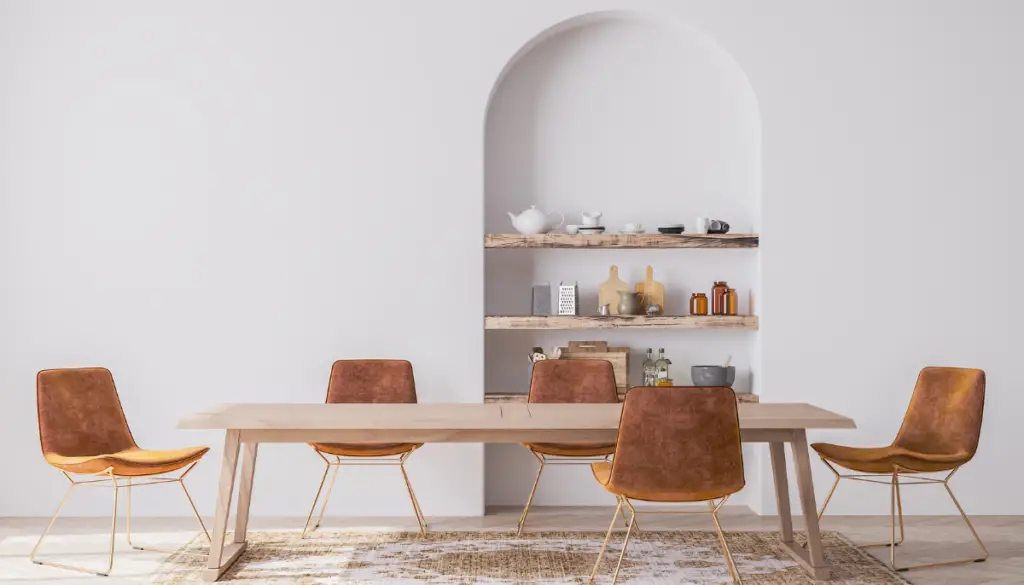
Be it the subtle colors echoing the serenity of nature, the prefence for natural materials, or the aura of coziness typically aligned with the Danish concept of hygge, there’s a certain enchantment sparked by the harmonious choreography of function and form embedded within Scandinavian minimalism. Offering not just a design style, but a lifestyle geared towards elegance in simplicity and an embrace of the essential, it continues to exert significant influence in the global design scene.
Origins and Evolution of Scandinavian Minimalism
Scandinavian minimalism
Scandinavian minimalism is a design philosophy that emerged in the early 20th century amidst the rise of the modernist movement. This aesthetic outlook sought to challenge the excessive detail and ornamentation prevalent in traditional designs, focusing instead on simplicity, functionality, and a distinct connection to nature. Scandinavian design, while firmly rooted within the broader scope of modernism, developed distinctive characteristics that set it apart, heavily influenced by factors unique to the Scandinavian region.
Influence of Landscape
The Scandinavian landscape, with its harsh winters and short days, played a key role in shaping the region’s design aesthetic. The use of light colors and natural materials in Scandinavian minimalism not only served a practical purpose – making interiors seem brighter and warmer – but also facilitated a seamless integration between indoor and outdoor spaces. This naturalistic element, while common to many forms of minimalism, is particularly characteristic of the Scandinavian approach.
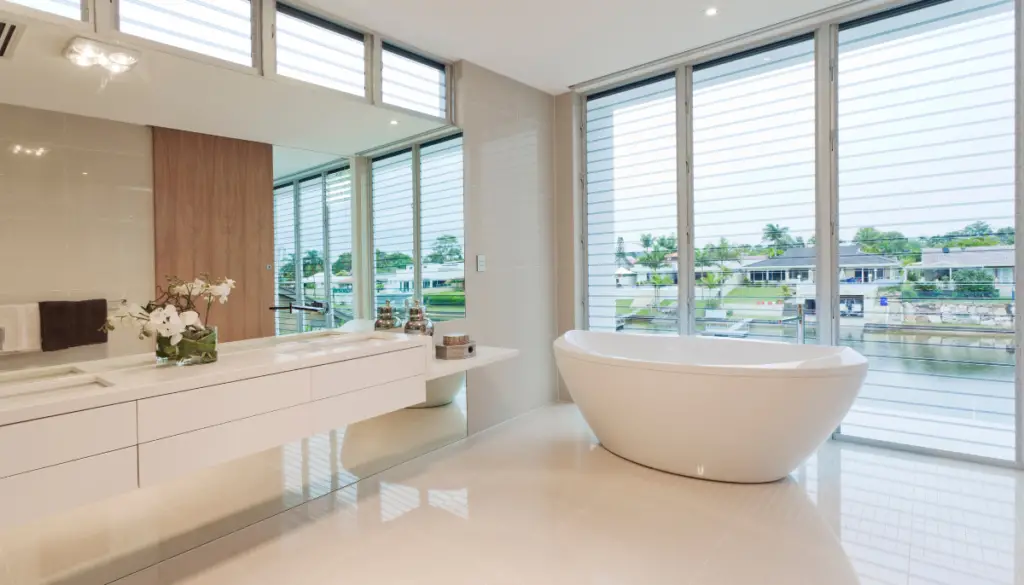
Socioeconomic Context
Socioeconomic conditions also influenced the development of this design paradigm. The social-political context in Scandinavia during the early and mid-20th century, characterized by a strong welfare state and an emphasis on egalitarianism, fostered a design ethos centered around accessibility and functionality. Design was viewed not as a luxury, but as a means of improving everyday life for all.
Enduring Principles
With the passage of time and changing trends, Scandinavian minimalism evolved, but its key principles remained unchanged. The enduring appeal of this design philosophy lies in its ability to combine aesthetics with function, and to create harmonious spaces that resonate with the surrounding environment.
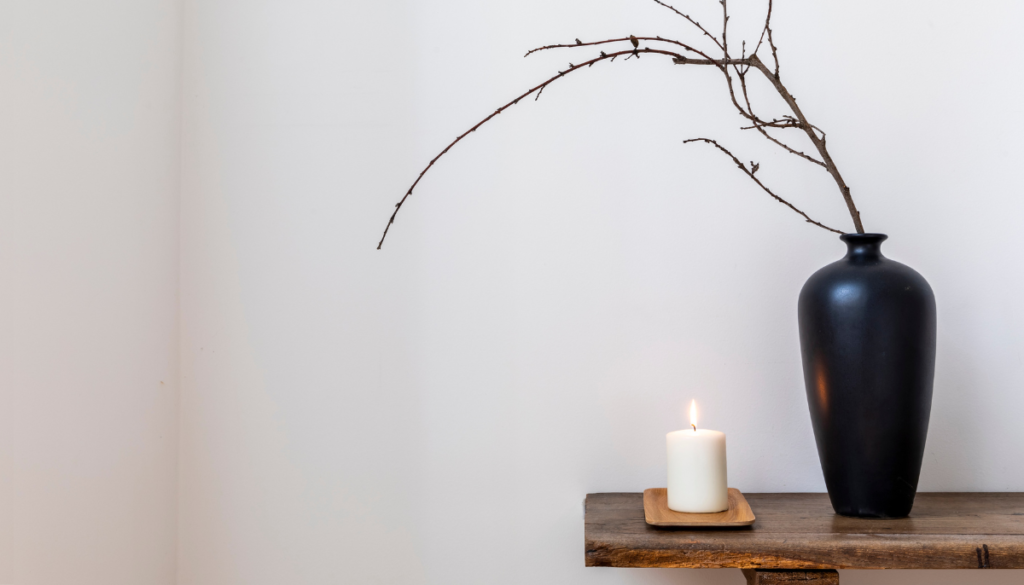
Global Influence
In recent years, Scandinavian minimalism has gained global prominence, influencing everything from interior design and architecture to fashion and graphic design. This international recognition attests to the timeless nature of Scandinavian minimalism, demonstrating its ability to adapt to the needs and sensibilities of different societies.
Digital Age
In the digital age, Scandinavian minimalism has found a new audience. The design’s clean lines and understated style make it conducive to online showcasing, and social media platforms such as Instagram and Pinterest have made it more accessible than ever. The philosophy’s focus on simplicity and decluttering resonates with contemporary concerns around sustainability and mindful consumption, further adding to its appeal.
Understanding the Fundamentals
At its core, Scandinavian minimalism holds firm to its historical roots, advocating key principles such as simplicity, functionality, and reverence for the natural world. It has cleverly adapted to the demands and rhythms of the modern world, making it not only a design philosophy, but also a lifestyle choice. This approach promotes sustainable living, mindfulness, and an appreciation for skilled craftsmanship. As a dynamic design expression, it constantly develops to mirror the shifts and changes in our surrounding environment.
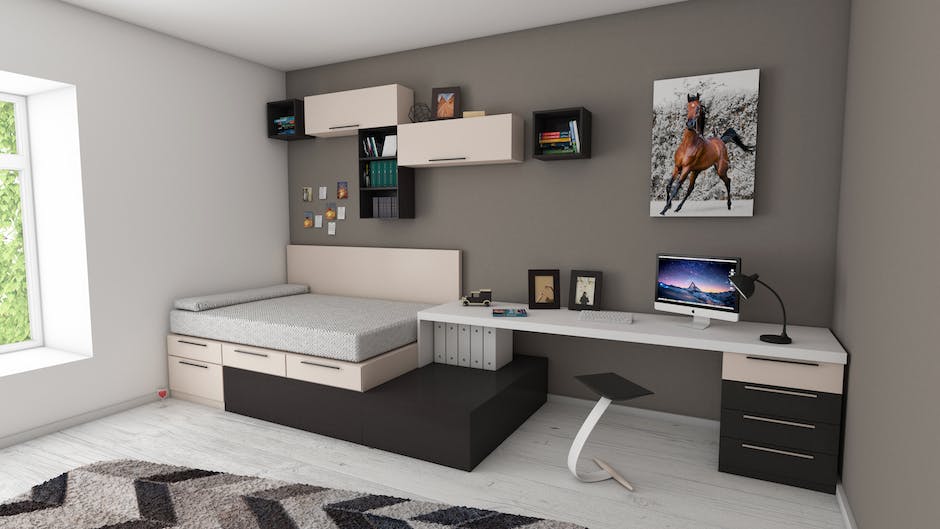
Key Elements of Scandinavian Minimalism
The Role of Muted Colors
Scandinavian minimalism is synonymous with the utilization of reserved, tranquil color schemes. A core characteristic is its implementation of a largely monochromatic palette, with white taking up the most space, coupled with varying saturations of grays and blacks. These colors have the ability to enkindle a sense of tranquility—a hallmark for this design style. However, it’s also not unusual to encounter subtle bursts of color. These colors, often pastels or other muted hues, break the monotony and effectively contrast with the dominant white theme.
Natural Materials and Clean Lines
Scandinavian minimalism is heavily anchored on the use of natural materials. This devotion to nature can be seen in many aspects of the design, from the furniture to the accents, with the use of materials such as wood, wool, leather, and fur. The furniture often features clean lines and simple forms, steering away from overly ornate designs. This complements the uncluttered, simplistic approach that is characteristic of the minimalist aesthetic.
Emphasis on Light and Open Spaces
Light plays a crucial role in Scandinavian minimalist design. Given that the Scandinavian regions experience extended periods of darkness during winter, the utilization of light – both natural and artificial – is essential. This is often achieved through large windows that allow as much natural sunlight in as possible. Moreover, open spaces are a defining element, giving an airy and spacious feel to the interiors. This encourages a sense of tranquility and relaxation, harmonizing with the muted color palette and simple designs.

Influence of Hygge and Scandinavian Furniture Design
Scandinavian minimalism is strongly influenced by the concept of hygge, a Danish term referring to warmth, coziness, and contentment. Despite its simplistic and functional approach, Scandinavian design also emphasizes creating a warm and inviting atmosphere. Minimalistic fireplaces, soft textiles, plush rugs and throws, and soft lighting all add to an overall sense of comfort within the home.
When it comes to furniture design, Scandinavian pieces champion both form and function. The designs are typically simple, yet elegant and practical. For instance, Scandinavian chairs, tables and cabinets exhibit beautiful craftsmanship with smooth, rounded edges and unadorned surfaces. The color of the furniture typically echoes the muted shades of the interior, often in natural wood tones.
Unveiling the Charm of Scandinavian Minimalist Interiors
Scandinavian minimalist interiors are stunning in their deceptive simplicity, demonstrating the unique features of this design style. A typical Scandinavian living room may boast a cozy gray sofa, an elegant wooden coffee table, and pristine white walls designed to amplify natural light. Adding to the room’s warmth and charm might be a lush fur throw rug and indoor greenery. A minimalist Scandinavian bedroom might follow the same simplistic design principles, featuring a clean wooden bed frame, understated white bedding, and minimalist artwork that all bask in the glow of abundant natural light. These rooms, stripped down to their bare essentials, capture the essence of the “less is more” philosophy, exuding a tranquil beauty in their stark simplicity.
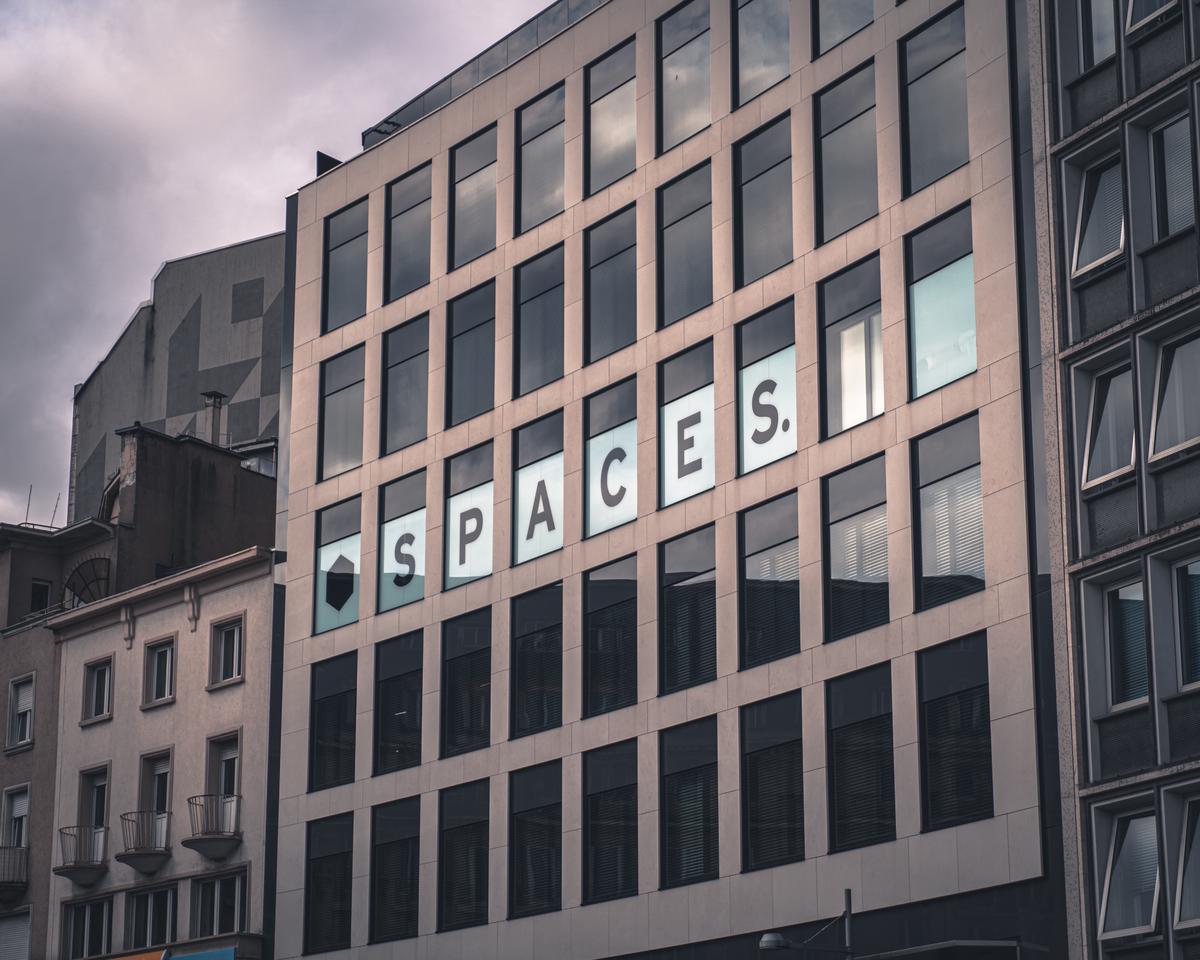
Scandinavian Minimalism in Modern Day
Delving Deeper into Scandinavian Minimalism
Scandinavian minimalism is a design movement that champions functionality, simplicity, and balance, represented perfectly in muted colors and an array of textures. This minimalist approach, rooted in Scandinavian culture, is observed across different mediums, including modern architecture, furniture design, lifestyle choices, and fashion.
Particularly in interior design, Scandinavian minimalism smoothly brings together natural elements with neutral tones, prioritizing effective use of space without compromising aesthetics. Clean lines, minimalism, and the amplification of natural light are central to this style. Essential, pleasing, yet practical pieces of furniture enrich the overall design. The design brilliantly demonstrates the power of simplicity, offering flexibility and adding a unique charm to any living space.
Global Appeal of Scandinavian Minimalism
The appeal of Scandinavian Minimalism extends beyond the Nordic countries, influencing global design trends. The combination of simplicity, elegance, and functionality creates a calming and welcoming atmosphere in homes and public spaces alike, which resonates with people worldwide. Elements such as the inclusion of natural materials, a clean color palette, and straightforward designs are on-trend with a more mindful, eco-conscious and less-is-more ethos prevailing among modern societies.

Scandinavian minimalist designs also encompass a range of consumer goods. In fashion, the Scandinavian minimalistic principles are evident in the preference for timeless pieces over transient trends. Clothing lines emphasize comfort, durability, and versatility, often using muted tones and simple patterns. The focus is on creating high-quality, long-lasting garments that are both functional and fashionable.
Lifestyle choices are also influenced by Scandinavian minimalism. The ethos encourages living with less and making more mindful, sustainable choices. It promotes a less cluttered, more organized living space and lifestyle that enhances productivity and mental wellness.
The Timeless Charm of Scandinavian Minimalism
Scandinavian minimalism endures in popularity due to its firm commitment to enhancing daily life with designs that are both functional and visually pleasing. This style of design encourages a deep connection with the natural world, a relationship that can significantly contribute to individual well-being.
Furthermore, the stripped-back approach of Scandinavian design complements the modern emphasis on sustainability and conscious consumption. The ongoing appeal and relevance of this design philosophy come from an escalating worldwide consciousness of the demand for sustainable, functional, and uncomplicated design solutions – a demand well met by Scandinavian minimalism.
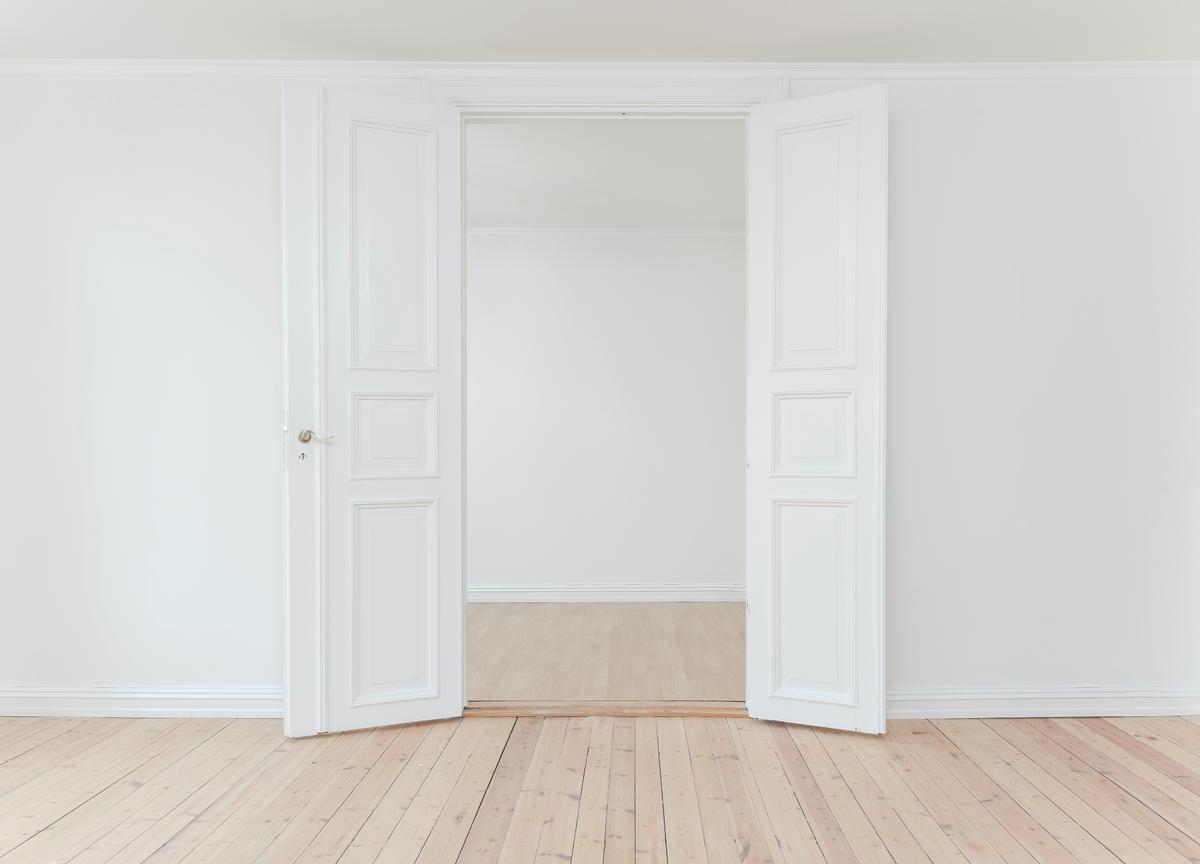
Photo by philberndt on Unsplash
Practical Implementation of Scandinavian Minimalism
Selecting the Ideal Color Palette
The choice of color is a vital factor when introducing Scandinavian minimalism into your home. The Scandinavian color palette traditionally veers towards serene neutral tones that echo the natural landscape. Predominant hues are whites, grays, and beiges, enhanced by pastels and the tones of natural wood. However, striking colors like deep blues, vivid yellows, and woodland greens are also often introduced for a dash of character and contrast. These colors encapsulate the varying Scandinavian landscape, from frosty winters to bright, flower-filled summers. Adopting these color schemes in your surroundings can foster the tranquil, stylish ambiance that is synonymous with Scandinavian minimalism.
Selecting Quality Materials
Using natural materials is critical in Scandinavian minimalist design. Natural wood, either light or dark-toned, is a major component, often used in flooring, furniture, and accent pieces. Leather, wool, and other textiles are also integral for adding warmth and texture to the space. It’s common to see materials like stone, glass, and metals inserted sparingly for contrast. To create a harmonious and organic feel in the room, the emphasis is put on quality and durability of used materials.
Furniture Choices
Minimalist design doesn’t mean eliminating all furniture and decorations. Rather, it is about choosing fewer, high-quality pieces that serve a purpose. The furniture is often simple and features clean lines, avoiding excessive detail and ornamentation. Functionality is key in Scandinavian design – every item should serve a purpose beyond mere aesthetics. Consequently, whenever you decide to bring a furniture piece into your space, make sure it is functional, well made, and that its design is simple and timeless.

Balancing Functionality and Aesthetics
Scandinavian minimalism is about creating a fine balance between functionality and aesthetics. This design principle values usability and simplicity without sacrificing beauty. The functional component of your space is just as important as the aesthetic one. Therefore, ensure your space is comfortably liveable and avoid clutter. Items on display should be functional and enhance the beauty of the space. The less you have, the less that can distract from your beautiful, minimalist design.
Personalizing Your Space
While keeping the socialist concept of equality in mind, Scandinavian minimalism also leaves room for personal touches that express individual personalities. However, remember to keep the essence of minimalism by only adding what is truly meaningful to you. A few well-chosen items can add character and charm to a minimalist space. Artwork, family heirlooms, or travel souvenirs can help to reflect your personal story and break the monotony of a minimalist interior without compromising its core principles.
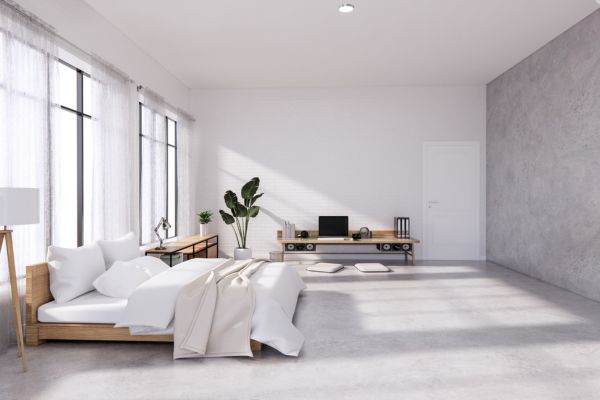
Incorporating Natural Elements
One of Scandinavian minimalism’s defining characteristics is its connection with nature. This design aesthetic often incorporates elements such as indoor plants, wooden features, and maximum use of natural light. Consider using potted plants to add a touch of nature and tone down the austerity of a minimalist room. To maximize natural light, avoid heavy drapery or blinds. Opt for light or sheer curtains instead. Light fixtures should also be chosen with care. Aim for simple designs that distribute light evenly across the room.
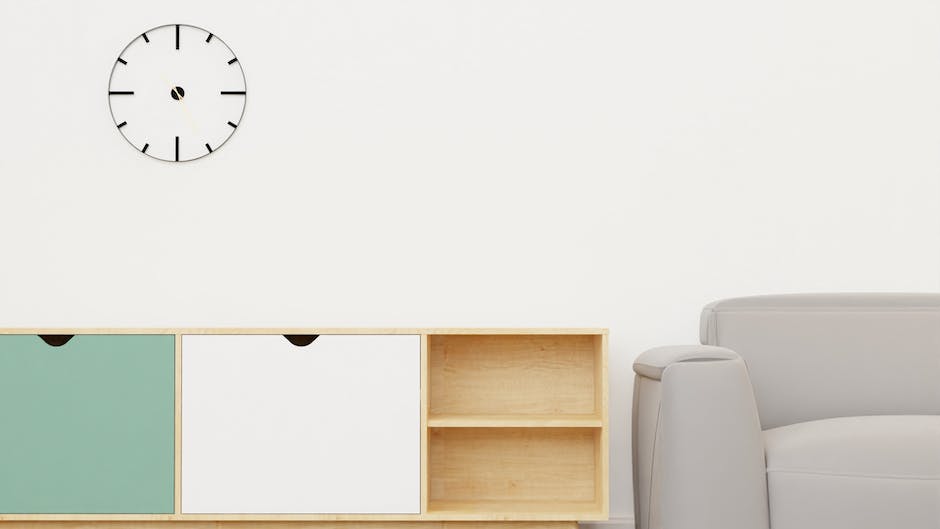
The allure of Scandinavian minimalism, with its evergreen principles, has managed to transcend time and geography, capturing imaginations worldwide to this day. As we witness its striking relevance in modern design spheres – from architecture to fashion, we also learn that there’s more behind the undeniably aesthetic appeal. It’s the affirmation that minimalism isn’t about the physical absence of things. It’s about the thoughtful presence and selection of essential elements that foster a sense of calm, warmth, and homeliness, irrespective of the chaos outside. Through the guided understanding and individual interpretation of its core tenets, the incorporation of Scandinavian minimalism in our personal spaces can well become a journey towards mindful interactions, sustainable choices, and ultimately, a life well-curated.

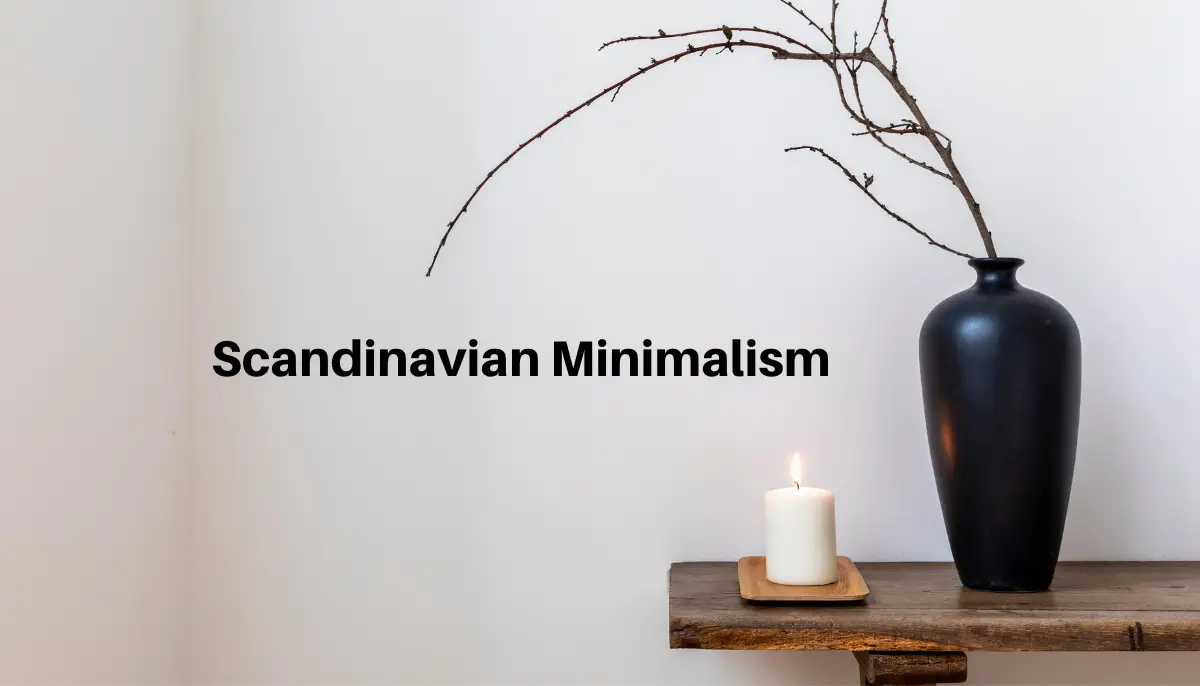

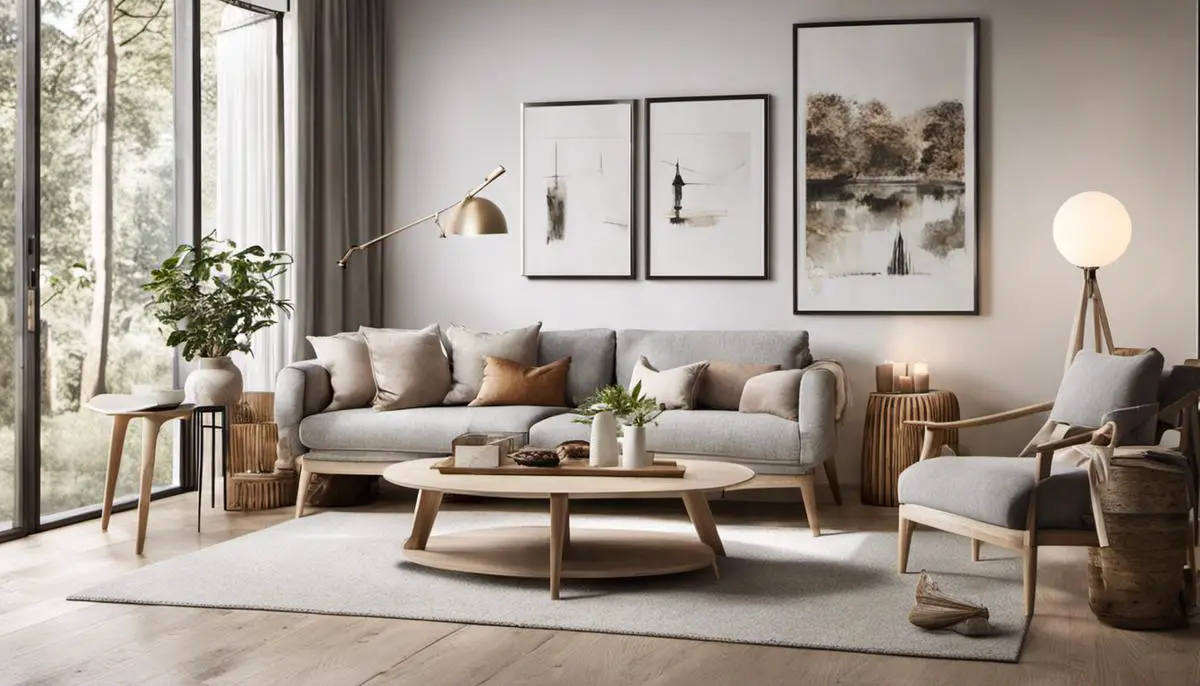
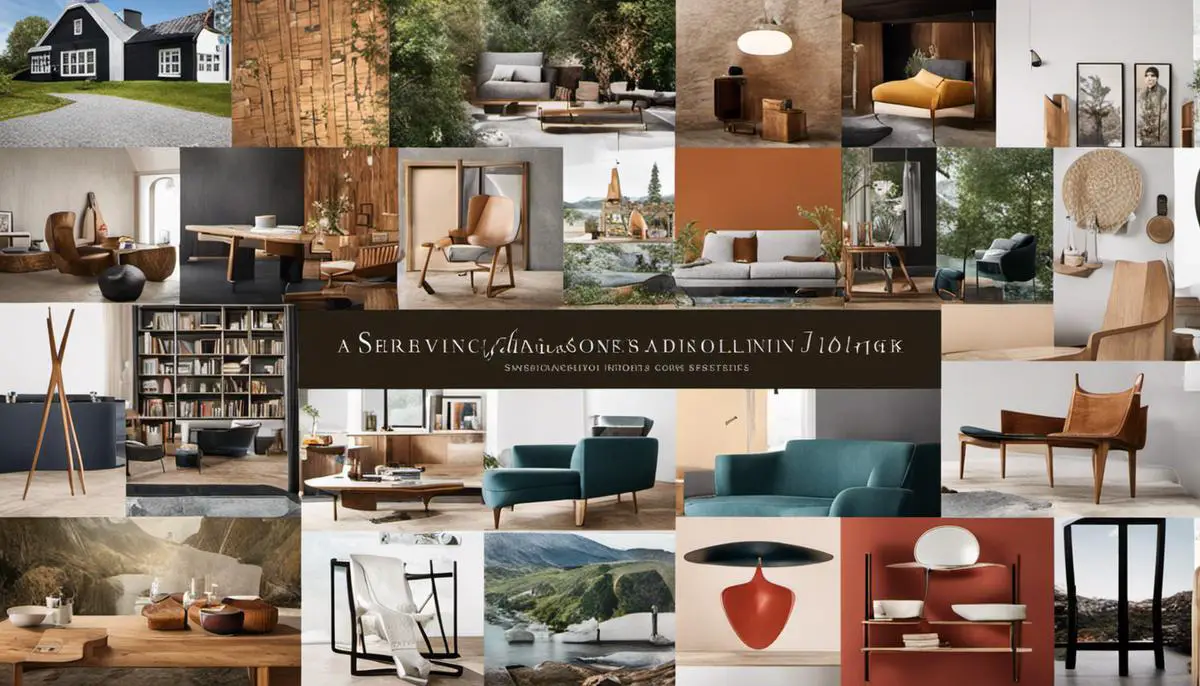
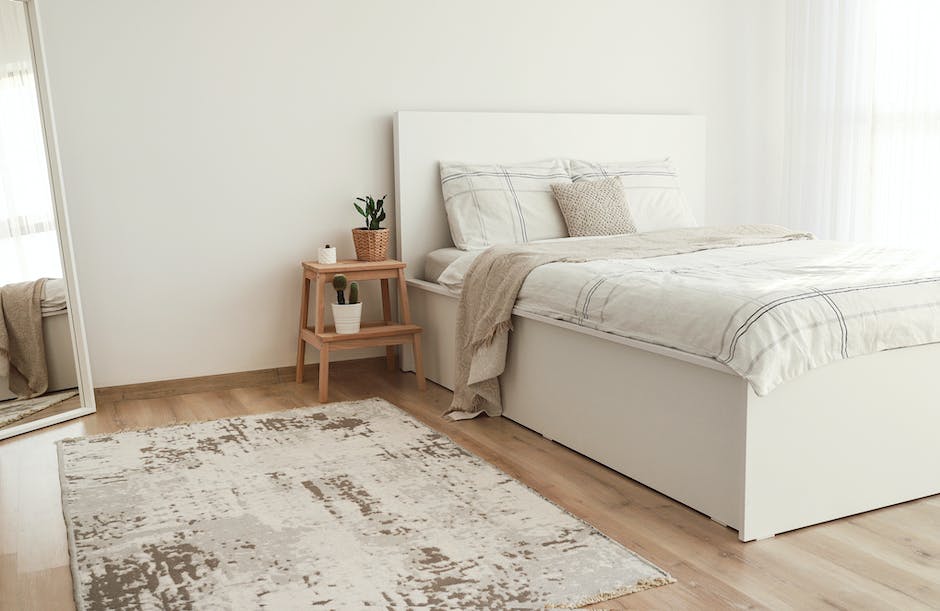
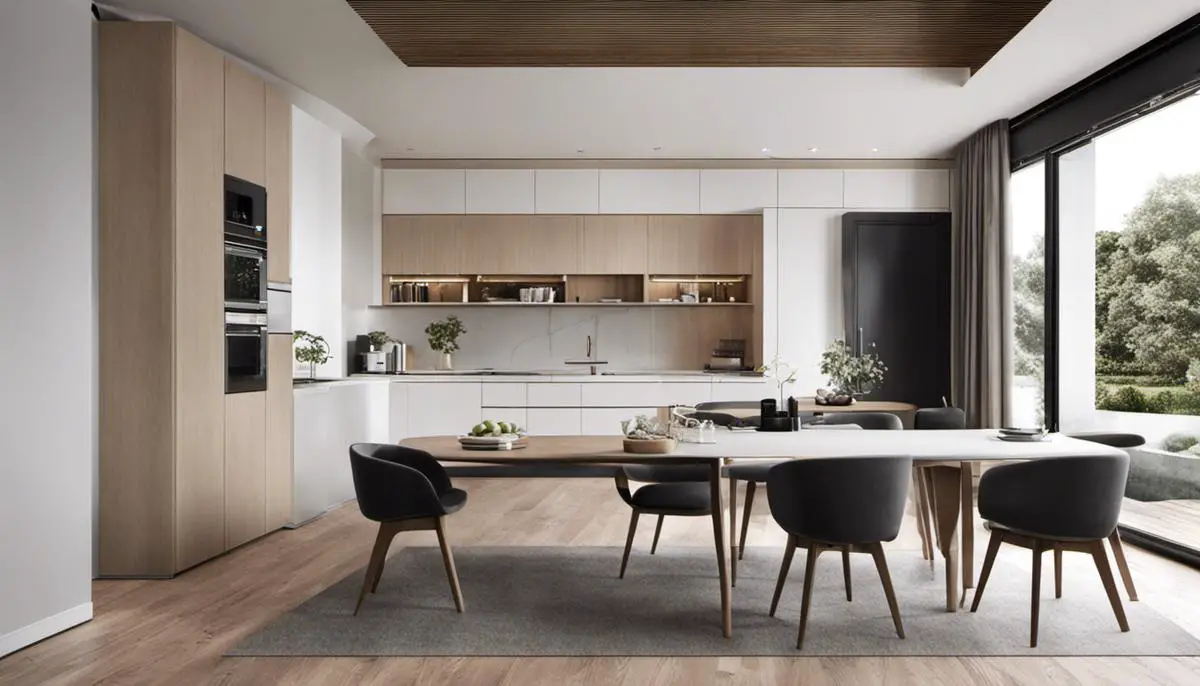
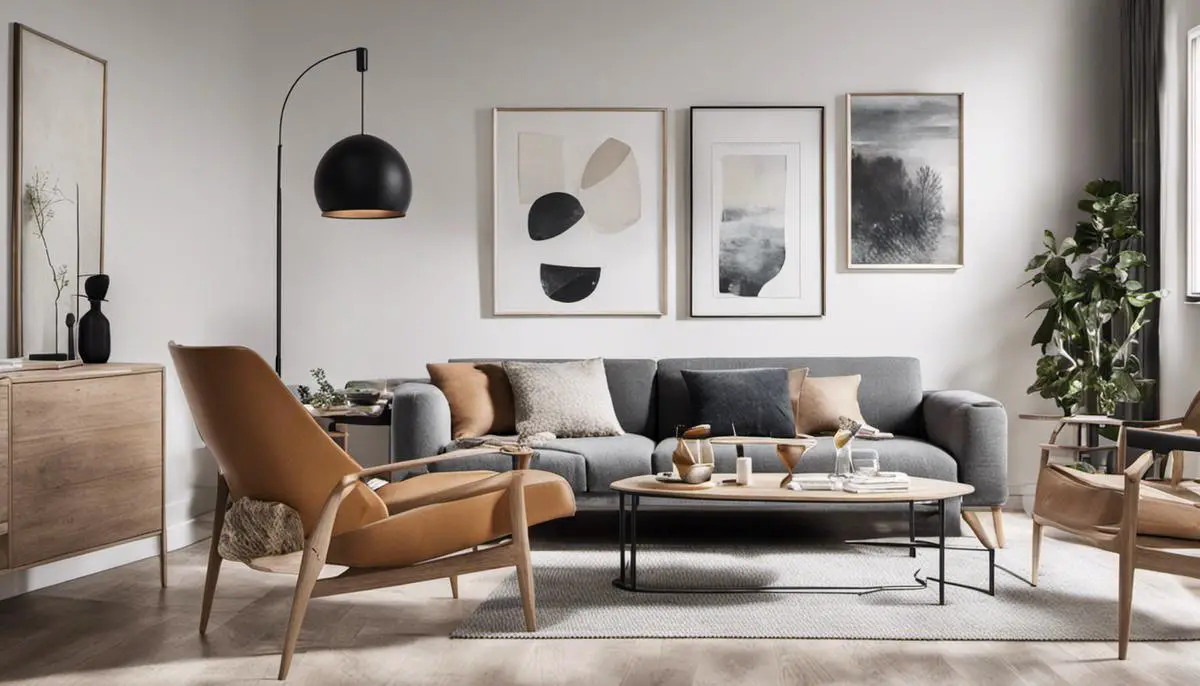

Leave a Reply